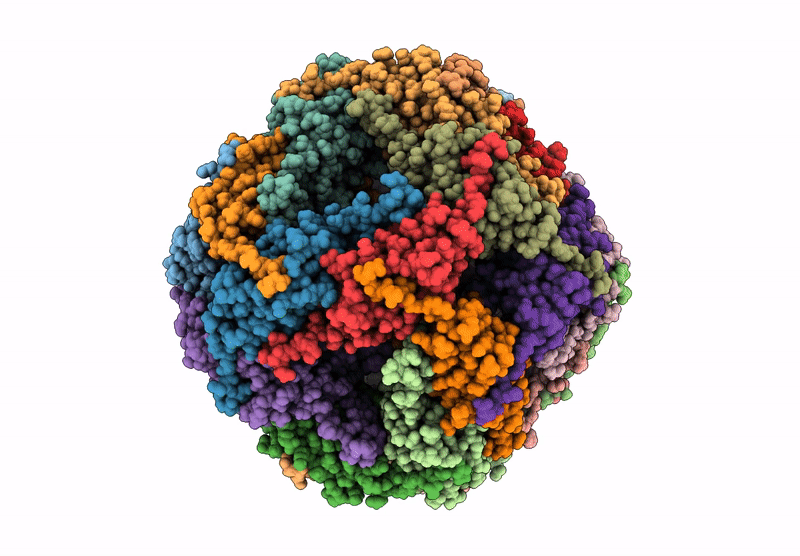
Deposition Date
2025-03-20
Release Date
2025-04-16
Last Version Date
2025-05-07
Entry Detail
Biological Source:
Source Organism:
Methanocaldococcus jannaschii (Taxon ID: 2190)
Host Organism:
Method Details:
Experimental Method:
Resolution:
2.35 Å
Aggregation State:
PARTICLE
Reconstruction Method:
SINGLE PARTICLE


